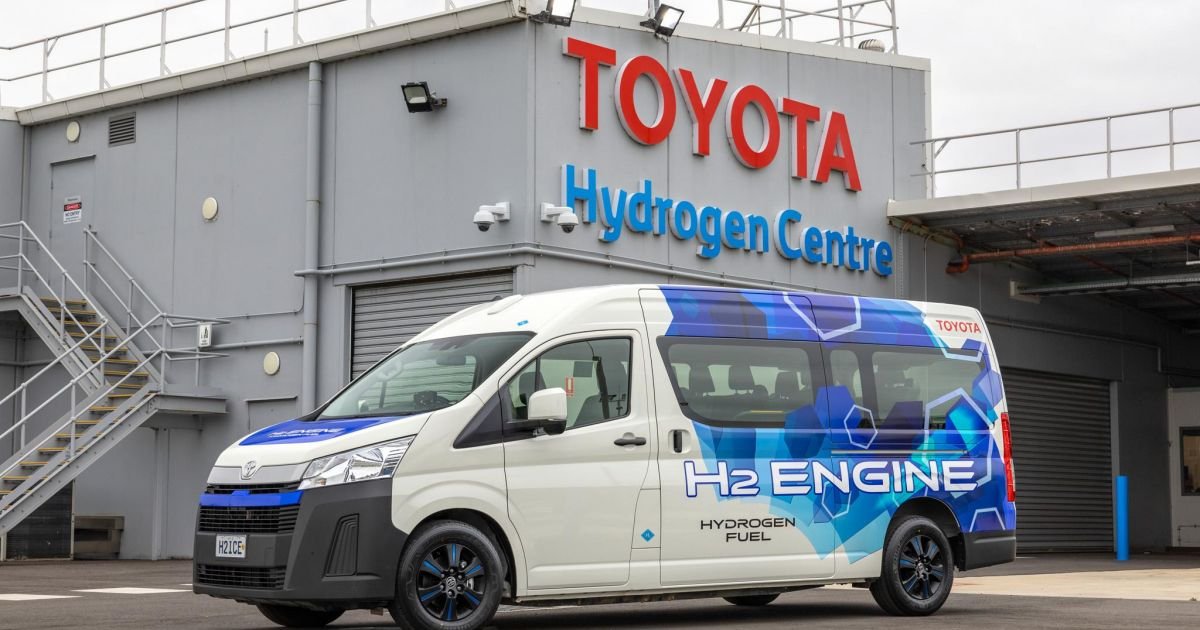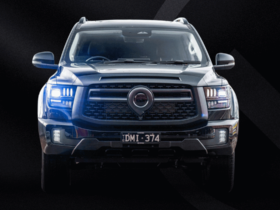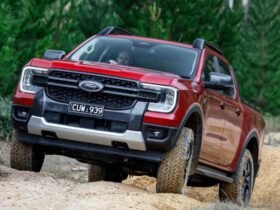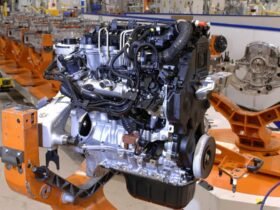Toyota is one of the few brands still investing in internal combustion engine (ICE) technology, saying it will remain a permanent part of its ‘multi-pathway’ automotive decarbonisation solution.
The Japanese automaker has been developing hydrogen ICE technology in addition to hydrogen fuel cell technology (FCEV) for some time. The former has a traditional combustion engine that makes noise, unlike FCEVs that are as quiet as a battery-electric vehicle (EV).
So far, Toyota has tried its powertrain technology through motorsport, although it has also shown off some road-going prototypes. However, at this stage no production models with a hydrogen combustion powertrain have been offered to the public.
When asked if Toyota was still pursuing hydrogen combustion engine technology, Sean Hanley, Toyota Australia’s vice president of sales, marketing and franchise operations, said AutoExpert It will become more relevant as a mainstream powertrain technology later next decade.
“[Hydrogen combustion technology is] still very much alive… we are still developing and testing,” said Mr Hanley.
“The only thing I want to say about hydrogen ICE engines is that it is a technology that will continue to develop over the next five years. It’s not fast technology.
“It’s not a technology that we’re suggesting will be mainstream even this decade.
“But hydrogen itself, and especially ICE conversions, [as well as] fuel cell electric hydrogen vehicles, that the period 2035 to 2040 will be huge, and I think you can expect a lot more talk there.
“I wish I was around that long to see it because it’s going to be an exciting time, not just for Toyota, but for the industry.
“Toyota is absolutely still investing in hydrogen.”
In addition to motorsport-focused hydrogen-combustion vehicles such as the H2-powered GR Yaris racer, Toyota chose Australia as the focal point for development of the Hydrogen HiAce prototype it unveiled last year.
During a pilot program, seven examples of the Hydrogen HiAce prototype were loaned to fleet operators for one month for transportation. They had to report on their experiences daily.
Unlike the regular HiAce sold in Australia, which is currently powered solely by a 2.8-litre four-cylinder turbo-diesel, this hydrogen prototype is powered by a 3.4-litre twin-turbo V6 that has been modified to run on hydrogen instead of driving on gasoline.
This engine currently burns gasoline in the Lexus LX 600, as well as the Toyota LandCruiser 300 series in other markets.
Toyota says one of the few changes to the engine are the fuel injectors, which have been upgraded to run on compressed hydrogen gas.
The hydrogen-powered V6 in the HiAce prototype produces 120 kW of power and 354 Nm of torque, which is 185 kW and 296 Nm less than its petrol counterpart.
While Toyota continues to develop hydrogen combustion engines, brands such as BMW and Mazda have also previously explored the technology, which like FCEVs rely on a widespread hydrogen refueling network.
MORE: Why Toyota chose Australia for its hydrogen car pilot
















Leave a Reply